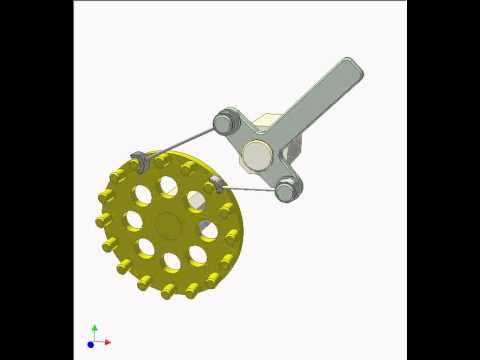anciendaze
Senior Member
- Messages
- 1,841
For years I've been telling people who repeat the theory Roger Penrose has pushed, about quantum computing taking place in microtubules inside cells, that every interaction between complex molecules with peculiar shapes could be an example of quantum computing. We now have new evidence that we failed to understand a very important part of transport of biochemicals along microtubules.
They only scratch the surface here in terms of diseases involving defects in transporter molecules. I think the naive idea of cells as loose bags of components, with the exception of some organelles, is about to get dumped.
They only scratch the surface here in terms of diseases involving defects in transporter molecules. I think the naive idea of cells as loose bags of components, with the exception of some organelles, is about to get dumped.

